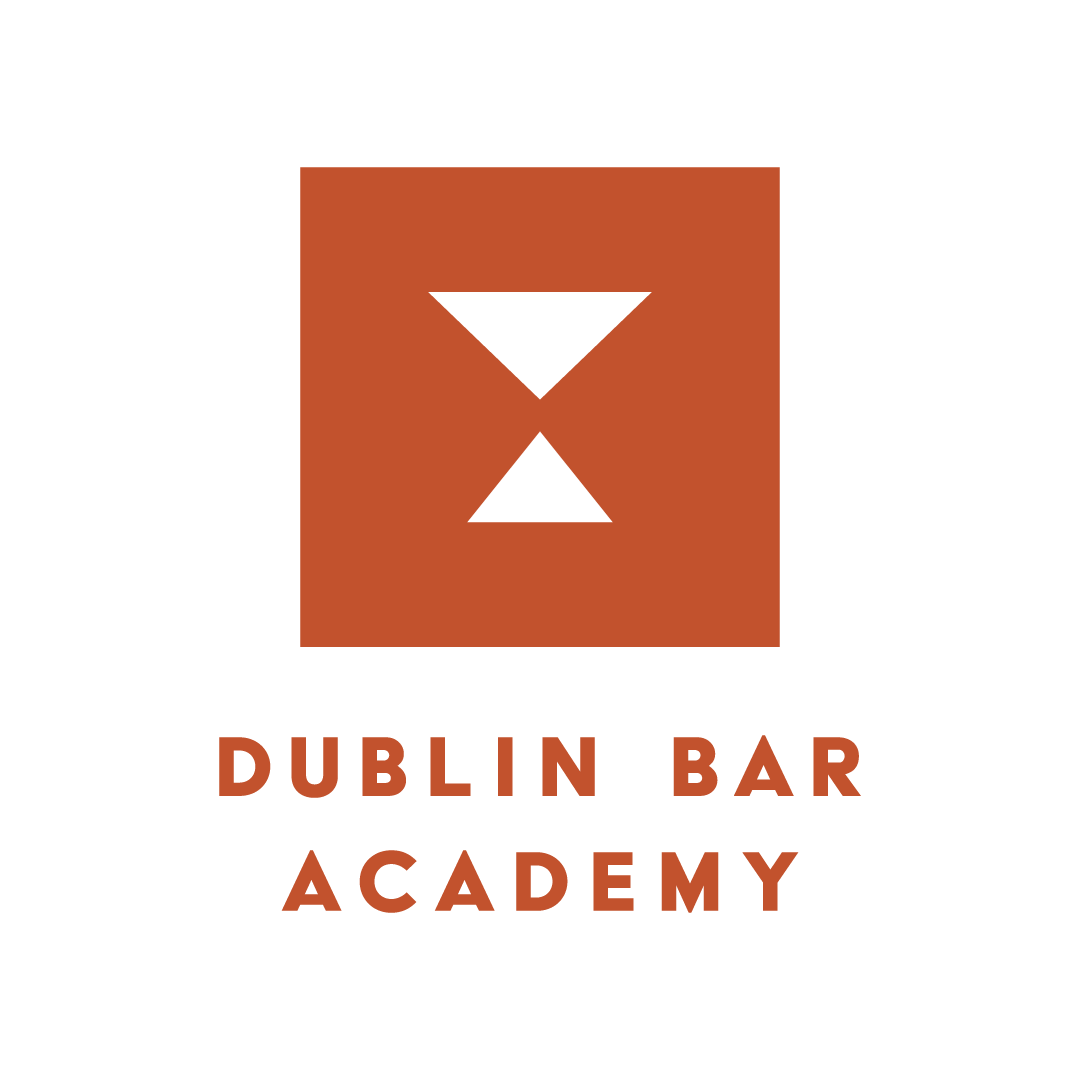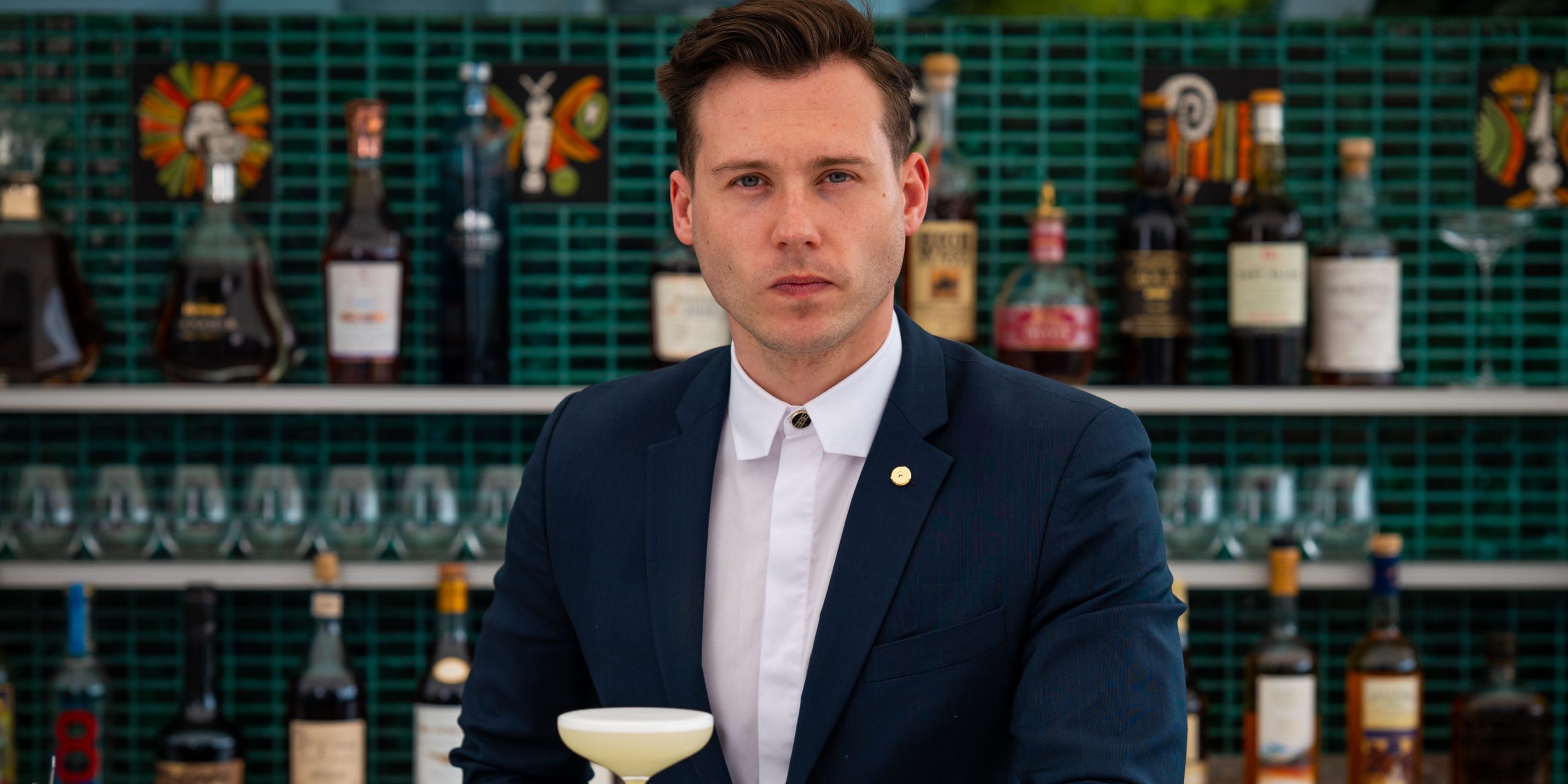Read Time: 13 Minutes |
Can bartending ever be considered with the same reverence as cheffing? Could a bar serve cocktails that were worthy of a Michelin Star? Florian Thireau, Bar Director of the Cheval Blanc, Paris, certainly thinks so.
| By Cameron Mowat
The Cheval Blanc, Paris is the latest addition to the family of luxury hotels under the same name. Their Paris ‘maison’ is the first ‘urban’ location, situated a stone’s throw away from the Notre Dame Cathedral and the Eiffel Tower.
The Cheval Blanc maisons all share four key values that are the foundations of their operations: exclusive privacy, craftsmanship, creativity and Art de Recevoir or ‘the art of receiving guests’.
This newest venture is no different, complete with 72 stunning rooms, a restaurant run by a Three Michelin Star chef and three unique bars. The bars were, of course, the thing we were most excited about when we visited to shoot video and photos for our Drink In Social trip to Paris.
The man behind the incredibly high level of cocktail culture that the Cheval Blanc, Paris boasts is Florian Thireau. He was kind enough to let our digital team onto the patio bar overlooking the Seine river to capture some of his cocktails on film.
When they returned to our HQ in Dublin they couldn’t stop raving about Florian and his exquisite dedication to crafting cocktails that rivalled that of high level chefs, as well as the incredible cocktails he made for them that they were lucky enough to try.
I knew that I had to interview him and find out more about the man and his process. When I began to research his background and professional history, what I found pointed to a man dedicated to the expression of flavour at its highest levels.
He’s worked in 5 star and Michelin Star establishments, bars in the top 50, and with industry legends like Tony Conigliaro. All his years working in the heights of the hospitality industry have led him to his role as Bar Director of the Cheval Blanc, Paris, where he splits his time between the bar and the drinks lab to provide some of the best beverages in the French capital.
He’s also a published author. His book ‘The Cocktail Book: Le nouveau classique du bar’ is the first of what I would later find out is many that he plans to author on the topic of mixology and precision focused bartending.
We sat down on a Zoom call, me in the office on a grey Dublin day, him on the patio outside his rooftop bar on a warm, breezy afternoon in Paris to discuss cocktails, hospitality culture and the future of the industry.
How ‘Luxury’ Bartending Differs From ‘Street’ Bartending
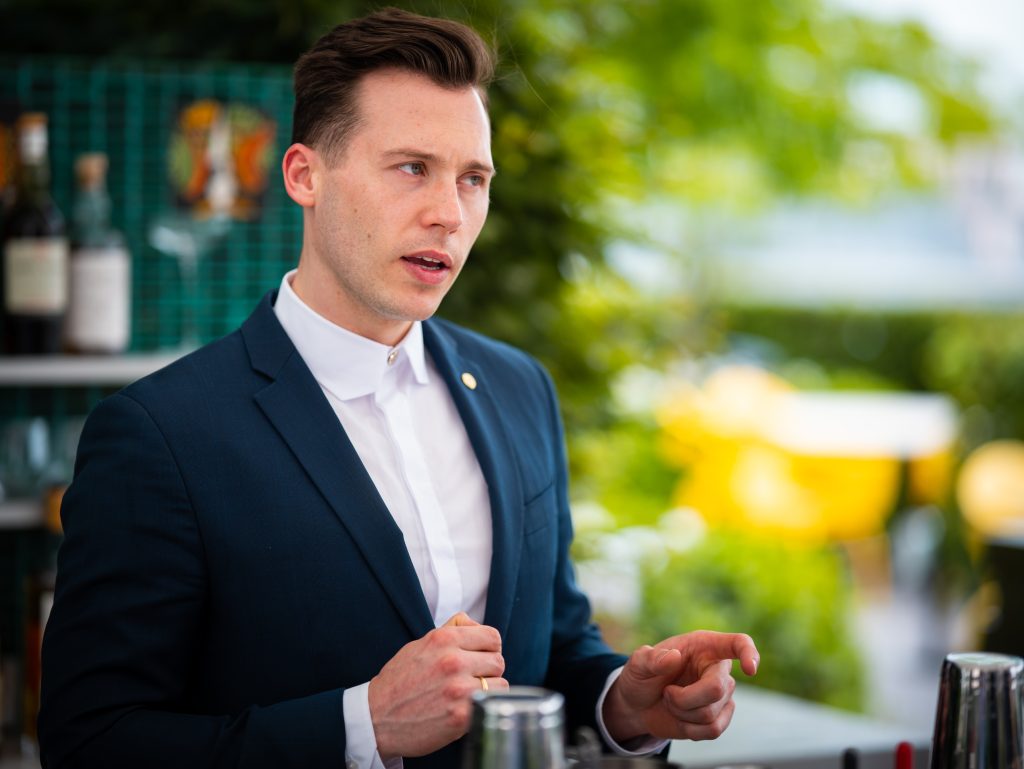
Florian was always surrounded by flavours from a young age, and learnt the joys of great food from a young age.
“My dad taught me very young how to cook the basic stuff. In France when you turn more or less fourteen people ask you what you wanna do. My dad told me, ‘You’re quite good at cooking’… I did 6 years in school. I started as a cook, then I moved to be a waiter.’
“I actually realised bartending is like the perfect mix of both. You get to be creative and create stuff and you also get to be in contact with the customers.”
Clearly, looking at his stacked CV, the luxury side of both food and drinks was what drew him in the most. Bartending is a profession that has such a wide spectrum of approaches and each one offers a unique experience to the clientele, and to the bartender working. For Florian every side of the profession has its own strengths, but the higher end holds a special place for him.
“What I love about the high end establishments is how focused you need to be in the long term investment. It’s hard to try to be perfect every day… but you perform better in the long run.”
“Street bars are very interesting in terms of the people with who you work with and people with who you deal. You learn also how to be very very fast… It’s key to being a good bartender.”
When it comes to Florian’s vision of what bartending can become however, luxury bars are where he believes we can see the biggest shift in how people view bartending. His goal is to bring a cocktail bar to the level of quality, complexity and renown that it could earn a Michelin Star, breaking the barriers between gastronomy and mixology.
“In cocktails we’re still kind of young. Cooking has been going on for thousands of years.”
“Luxury can bring a lot of credibility and bring people to understand that what we do is serious. I’m not saying that in the street bars it’s not serious. But for example, to bring in a gastronomic vision, I’m confident that the luxury world helps people understand why it’s a very serious craft.”
Why Every Bartender Needs A Vision
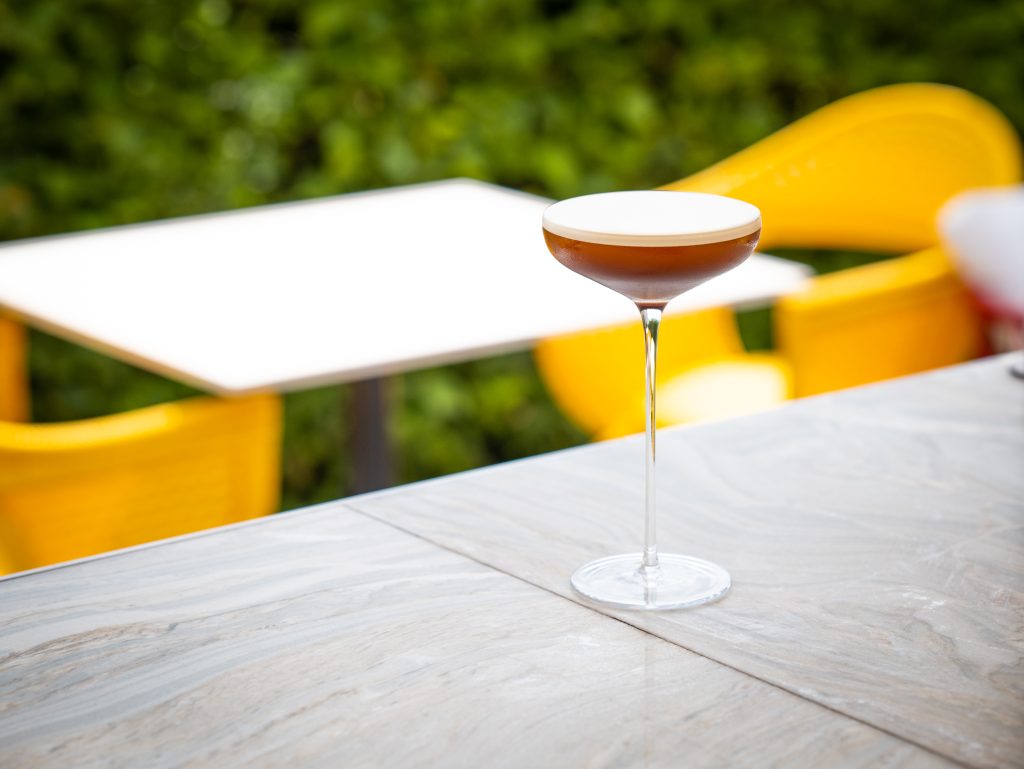
Vision. It’s a word that came up a lot in my discussion with Florian, and in my research into his background. It seems to be one of the principles that underpins most of the work he does, from how he operates his bars, how he hires, and of course how he designs drinks.
His focus on vision is definitely a factor in his pursuit of the dreamy heights of a Michelin Star cocktail bar. Being able to foresee what needs to be done and how the craft needs to grow to achieve that dream seems to be a driving force behind his dedication to form.
He distinguishes between ‘global vision’ and ‘specific vision’ in bartending. Global vision appears to be more holistic: how you approach your behaviour, attitude and professional direction, whereas specific vision is mostly focused on how you approach the art of cocktails.
“I think a global vision is quite hard. In France we talk a lot about ‘savoir être’ and ‘savoir faire’. ‘Savoir faire’ is basically the craft and ‘savoir être’ is about behaving.”
“I realised that if you’re not able to behave properly you’re not able to make people’s brain available to understand what you do. I think a global vision goes from the way you’re going to treat your staff, the way you’re going to treat your customers, the way you’re going to explain yourself, the way you’re going to create drinks with a specific theme.”
“I think a specific vision is important because if you don’t have any vision the menu you’re going to propose doesn’t have really make sense technically, people wont recognise youre style, bringing people to get what you’re doing and what you make.”
The Search For The Perfect Margarita
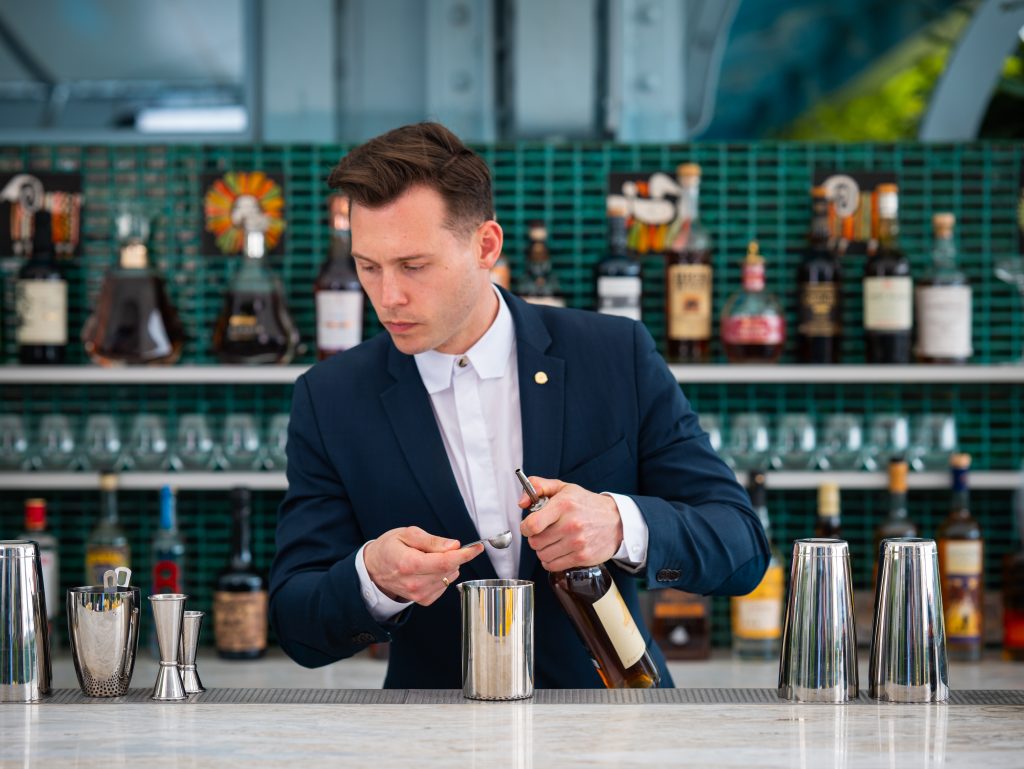
When our videographers came back to Dublin they raved about the flavours they had experienced in the Cheval Blanc.
Of course I had to know more about the journey he took to reach such cocktail prowess that even Fabio, our Head of Digital, was talking about the drinks with this wide-eyed look of respect that it’s rare to see from him (anyone that knows Fabio knows he is picky at the best of times).
Florian walked me through the creative vision behind some of his favourite drinks from the menu. Each of the bars in the Cheval Blanc, Paris, has a unique menu. The upstairs bar is all about modernised classics, a term I would come to understand as ‘classics using modern products and techniques’, whereas the downstairs bars are an opportunity for more personal expressions of his flavour personality.
“The process goes this way: when we start a recipe the idea is for every single cocktail we make is to be very elegant and very precise, but also understanding how flavours are gonna work together and what ratios are going to be best for every single ingredient to blend perfectly. That’s my definition of a cocktail.”
He talked to me about the Margarita, a cocktail that had been a thorn in his side as a bartender for many years. According to Florian, it’s difficult to make a ‘perfect’ Margarita because everyone likes them differently and they range so wildly according to the specs and ingredients.
“The Margarita we did over 30 tests because we needed first to fix the good tequila, so we ended up working with Ocho tequila blanco because the vegetal part of it and the minerality it brings is very relevant to what I was looking for.
We used triple sec Merlet and we moved away from Cointreau because we didn’t want the orange to be overpowering. But as we lowered the triple sec we added orange bitters to cut the sugar at the end to be more elegant.
We added agave that we rectified with water and simple syrup to master the sucrose and have something precise.
We switched the lime juice with the lemon juice because after doing research we discovered that lemon juice has a bigger affinity with agave than lime.
And because the salt is a very important part of the margarita we decided to have 1 drop of salt solution in order to please people who like the salt and also people that don’t like it. The biggest idea was to be in the perfect middle between a Margarita and a Tommy’s Margarita.”
It’s not just the fine tuning of flavour that goes into the creative process however. As the phrase ‘modernised classics’ suggests, there are a lot of advanced techniques and mixology that go into constructing the drinks for the menu.
We talked a lot about the different methods he and his team used to fine tune the flavours, tricks that he picked up from research, experience and his mentors in the bar world. One theme that kept coming up was the amount of time, repetition and failed experiments. As any good scientist will tell you, these are fundamental practices for experimentation. It’s this scientific process that allows Florian to reach a final product that he is happy with.
“When we started working on the margarita I wanted to try to clarify the citrus. At the same time we worked on fake lime and fake lemon. A lot of people when they work on fake citrus they just basically blend acid and water. But when you look at the structure of lemon and lime juice there is so much more going into it, you have salt, you have sugar, you have a specific texture.”
“We started with an oleo saccharum. We had the real taste of the lemon or the lime, not just the acidity. We added some salt, we rectified the texture, we added the specific acid and we ended up having a better juice than the fresh one we were pressing. But it was not as vibrant as the juice that we were clarifying.
“By looking into it we found a way of clarifying that was a faster solution and cheaper. When you try a sour with the clarified lemon juice it’s way more balanced. It takes the drink to another level.”
Reaching this level of finesse in your drinks is a double-edged sword though for Florian. Discovering better and better ways to make drinks and refining the recipes to this extent raises the bar to a point where anything less than perfection can’t compete.
“When we tried it were we like, ‘We just can’t go back’. It’s impossible to do worse than what we’re able to do, when you know you can make it better, you have to. By trying to make the best recipe we find all these new things.”
The Secret Ingredient To A Great Cocktail Is Time
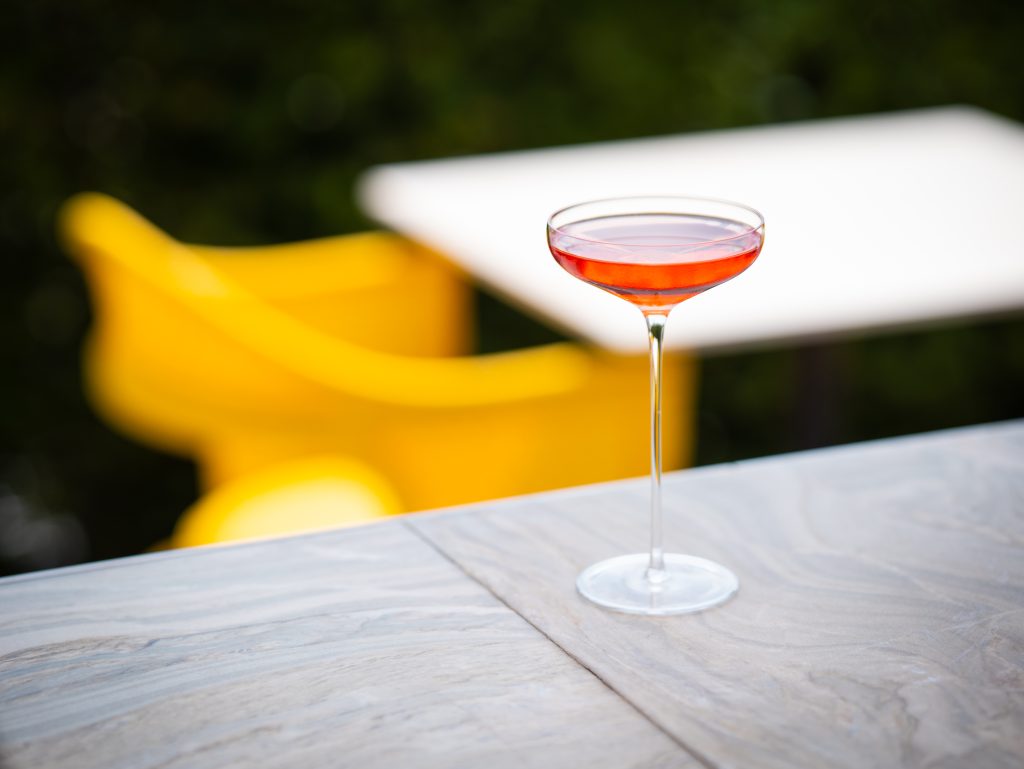
Florian and his team spent over two years putting together the menus for the Cheval Blanc, Paris before it opened. Nothing makes it onto the menu without rigorous testing and refinement, and just one cocktail can take weeks or months spent in the Drinks Lab.
The perfect example of this commitment was the Kir Royale. I was surprised to hear this, the Kir Royale certainly isn’t a popular cocktail over here in Dublin, and many bartenders would sniff at it as a waste of good champagne. Florian, on the other hand, saw the drink as not only necessary for his bar, but an opportunity to challenge and express himself artistically.
“In the downstairs bar I was like, ‘I want to express myself like a Michelin star chef.’ They express their craft the way they want to. I’m a huge fan, because of my background in London, of the Gimlet and the Kir Royale. Kir Royale is very important to me because it’s the favourite cocktail of my mum and I’m a huge fan of champagne.”
“I wanted to respect the champagne and reconcile the champagne lovers to a cocktail with champagne. It’s hard to make a champagne cocktail because there is such a balance in champagne, the minute you add something to it it’s going to be destabilised.”
Making a Kir Royale that respects the champagne it’s made with might seem like a contradiction but the final product that ended up on the menu definitely isn’t. Florian walked me through the months-long process that led to just one of the four different Kir Royales they have on their menu making it to print.
“We ended up tasting a vintage rosé that had a specific profile with a kind of like oriental dimension.”
“When I started to think about it I was like, ‘How can I add a spirit to champagne without unbalancing the profile at the end’. I need to replicate what’s composing the base of the champagne. I need to add acidity to my liqueur, I need to add sweetness to my liqueur, I need to add tannins to my liqueur, I need to add saltiness to my liqueur.”
“We started on the liqueur. The champagne’s base was kind of like aged redberries, so we worked with a strawberry jam that comes from a local store, thanks to my wife I found it.“
“Then the idea was, old champagne is going to bring mature flavours of redberries and we need a wood flavour. So we did, based on gin because it brings some freshness, an infusion with the strawberry jam. We did a cold infusion with wood chips and vodka, we blended both together, we added a tiny bit of morello cherry juice to add some depth and we added sugar.”
But even after months of trying and testing the liqueur that was to replace the conventional creme de cassis, the cocktail still wasn’t finished. Florian wanted more complexity and a drink that was truly reminiscent of a real vintage champagne, both in terms of flavour, texture and colour.
“To complete the flavour and bring more complexity we worked on three tinctures, which was saffron, saffron and strawberry jam is a huge pairing, and to help the saffron to be more complex we added some curry because we wanted to add an oriental dimension which was very important. The last tincture we worked on to bring this old taste and go with the wood and the mature red berries flavour we worked with mushroom.”
“Those liqueurs we worked on for over 3 months and I think we must have used 80 bottles of champagne at least to make sure we balanced everything.”
“I took us a long time. In terms of process I just go with what I like, what I want to express and what makes sense in my head. We didn’t just jump into crazy flavours, we needed to jump into flavours that were kind of like real. In terms of vision we thought: ‘are people going to understand what we do, does it make sense and is it balanced?“
Time was the key ingredient to all of this. Florian was given a unique opportunity with the Cheval Blanc to use it, and use it he did. The end result was a cocktail that defies convention, satisfying champagne purists and more lighthearted champagne drinkers in the same glass.
“We had the chance to take time in this process. When we think the recipe is balanced and done it’s not going to go straight on the menu, we’re gonna make sure we try it again the week after, again the week after. Just to make sure that when we try it fresh in the morning it makes sense. We never rush into it. We make sure every detail is done.”
“For example, for this Kir Royale everything is done by weight. We weigh 130 grams of champagne, 20 grams of liqueur. We break a bit the bubbles of the champagne because old champagne has less bubbles, and we don’t use a chilled glass because the wine is not meant to be served that cold. We really try and think as far as we can to make the experience complete. It takes time.”
The Future Of Bartending Is In Personal Expression
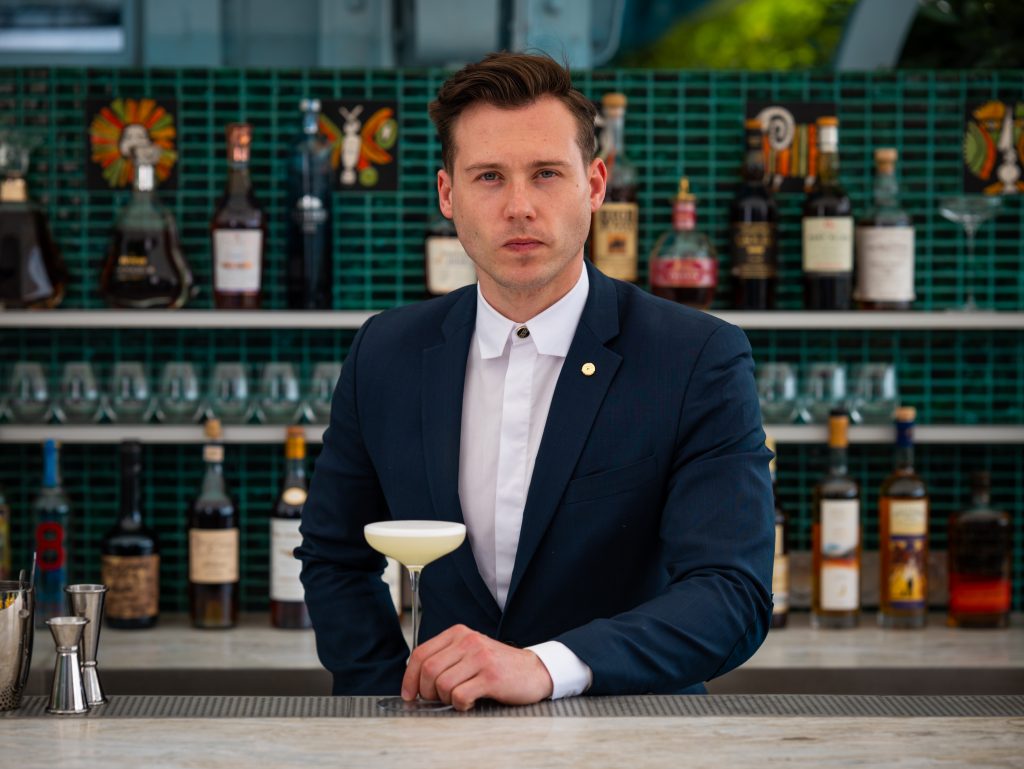
These lofty heights of cocktail creation are just the beginning of Florian’s vision of the future. I found myself caught up in his excitement about the possibilities of where cocktail culture and bartending can go. With dedication, research and carefully considered personal expression of flavour and creativity, he believes the industry can soar to the level of the food industry, and he plans to be a part of it.
“One thing I expect to see more is head bartenders bringing their style out, instead of being like, ‘For the menu you need to have this family’, for example, a highball, a rocks, a sour. I think more and more and more bartenders and head bartenders are going to bring what they want to express.
“It makes sense when you look at the history of chefs and pastry chefs and why some of them are so successful and so famous. It’s because they decided to do what they wanted to do. I think you can only be good in what you like because you can understand it and push it further.”
“I think the path the bar industry needs to take is more precision, more research and more consideration. The bar industry deserves to be eligible for a Michelin Star because today we can bring it as far and as good as what a Michelin chef can do.”
